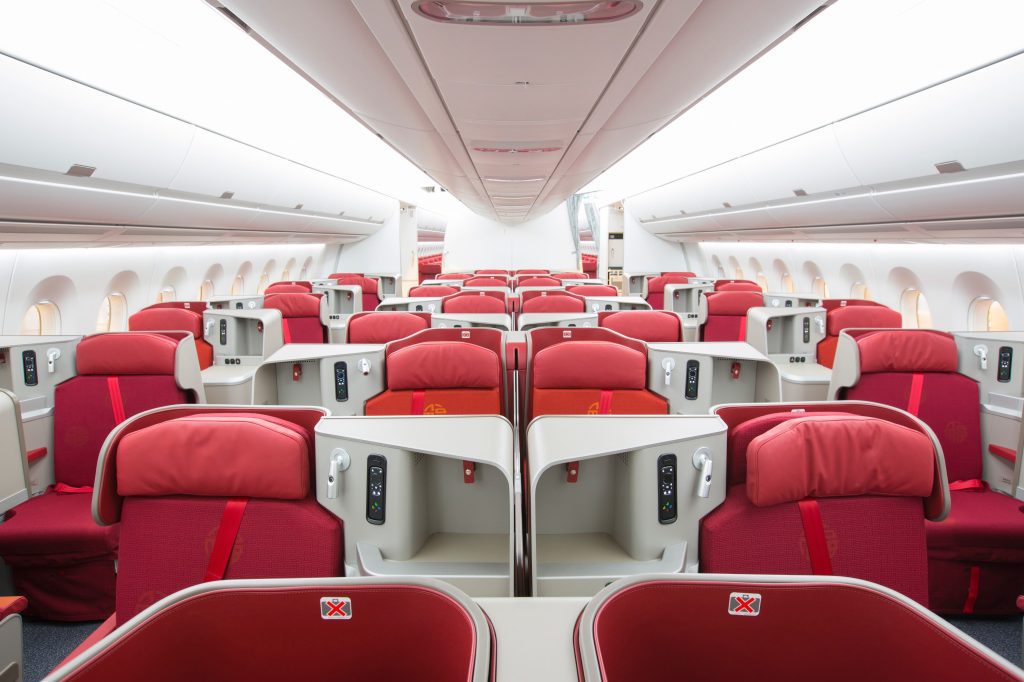Hong Kong Airlines Wants to Disrupt Cathay Pacific on Trans-Pacific Routes

Skift Take
We think the last thing the Hong Kong-North America market needs is more capacity. This seems like a shaky idea. But remember, Hong Kong Airlines is controlled by HNA Group, a giant conglomerate with deep pockets. You can't count it out.
A small airline with big ambitions and Jackie Chan as its celebrity endorser wants to dislodge 70-year-old Cathay Pacific from its perch as Hong Kong's leading —and until recently, only — airline flying nonstop to North America.
Hong Kong Airlines, which began operations in 2006, started flying to North America in June when it launched a Vancouver route. It has said it will add Los Angeles in December, followed next year by San Francisco, New York and London, a city the airline briefly served in 2012 with an all-business class configuration.
On the routes, Hong Kong Airlines will compete with Cathay, and several U.S., Canadian and European airlines, including Air Canada, British Airways, American and United airlines. It will not, however, compete with low-cost long haul airlines.
Low-cost long-haul remains mainly a transatlantic phenomenon, led by carriers like Norwegian Air and Wow Air.
Even with only legacy airlines as competition, profits may not come easily. While H
